It could be expressed in a thousand different ways just how much faster cars have become since 1928.
Rather than compare the top speed of the Austin Seven, subject of Autocar’s very first road test, with that of its modern-day equivalent, for instance, let me instead offer you this: early in 1928, the land speed record stood at 207mph. In 300,000 years of human history, it was the fastest any person had travelled while still in contact with the surface of the earth. It took Blue Bird III, a 24-litre aviation engine, the flat sliver of land that is Daytona Beach in Florida and the skill and bravery of that totem of human endeavour, Malcolm Campbell, to achieve it.
In 2018, any one of us who can afford to do so can walk into a Bentley showroom and buy a car that is capable of exactly the same top speed. Today, the luxurious, opulent, fully warrantied and entirely undemanding Continental GT is capable of reaching the same terminal velocity as the very fastest wheel-driven machine mankind had yet devised in 1928. That is how far road car performance has come in 90 years. The better part of a century of steady evolution – as well as the odd quantum leap forward – in engine, transmission, tyre, aerodynamic and safety technology has conveyed the human race from there to here, so cars are faster in every conceivable measure by an order of magnitude.
The forward strides that have been made in engine technology alone are enormous. It was in 1921 that a General Motors research laboratory discovered the effectiveness of tetraethyl-lead (leaded fuel to you and me) at reducing engine knock. Over the following years, leaded fuels were refined and engineers were able to crank up compression ratios. As a direct result, fuel efficiency and outputs shot up, and it would be decades before leaded fuels were phased out on environmental and public health grounds.

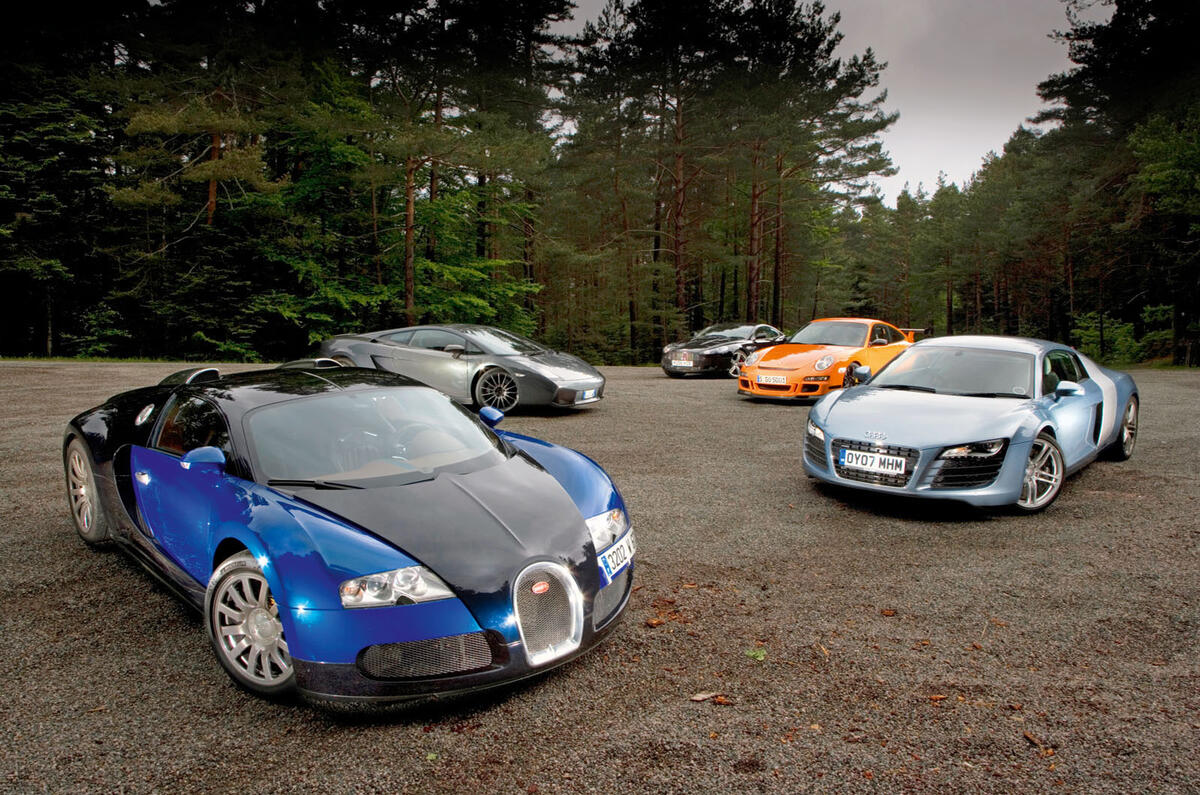
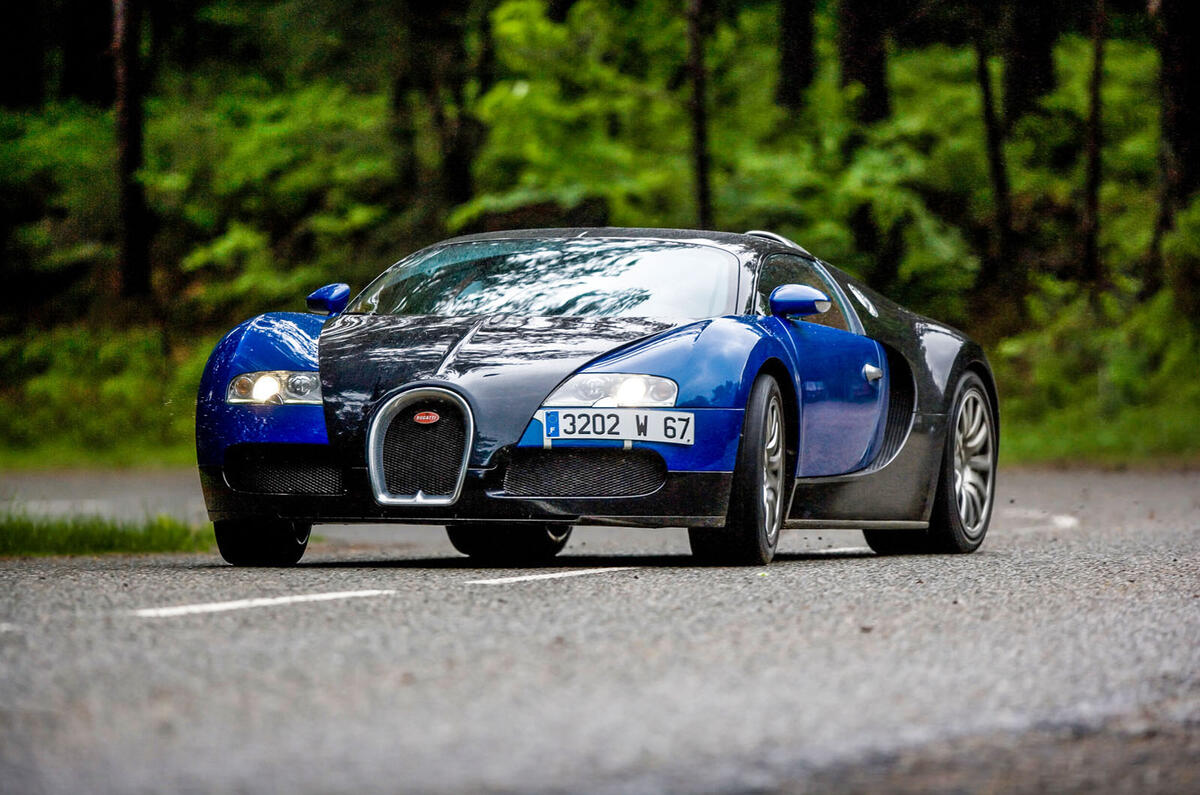
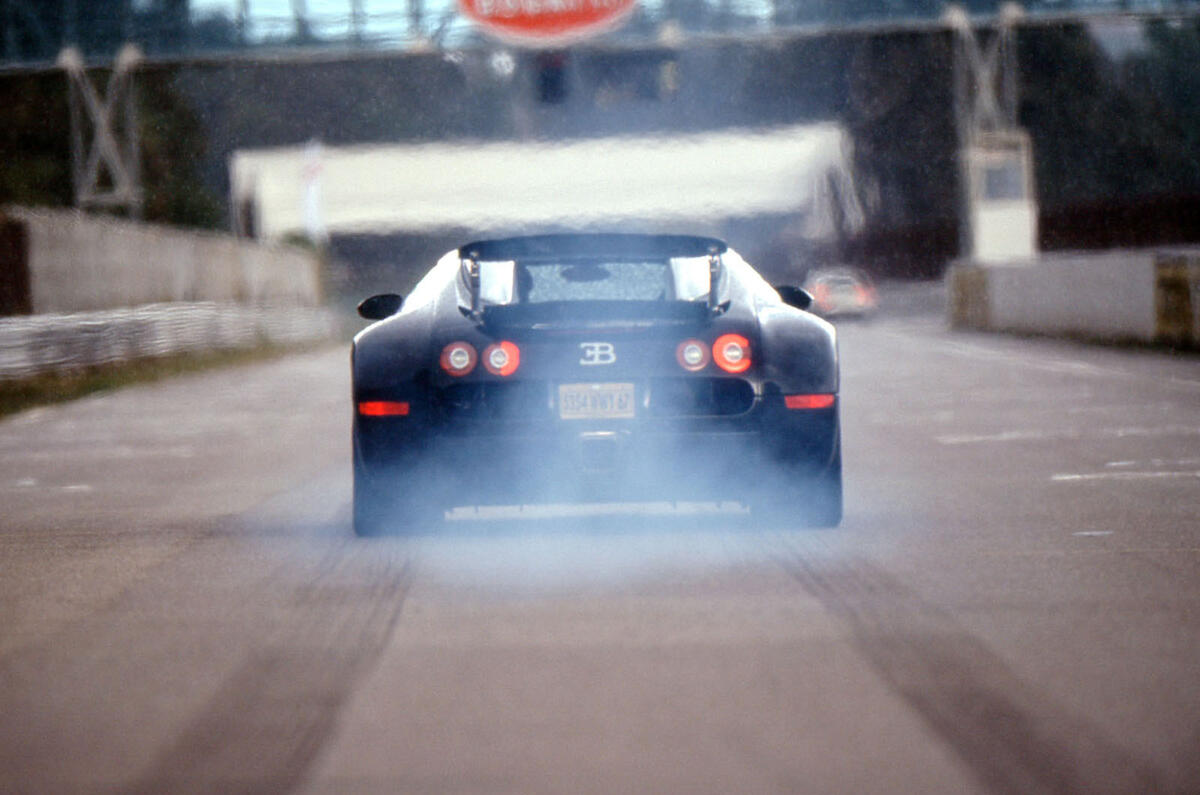
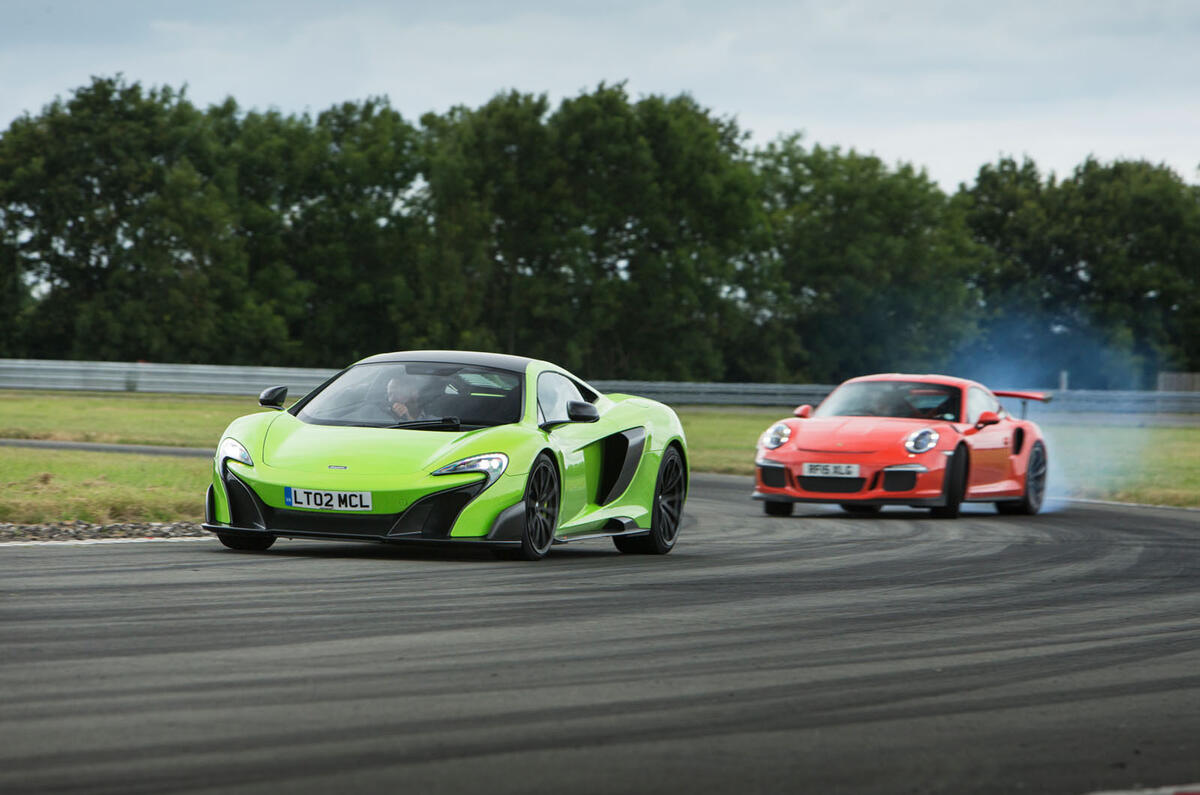
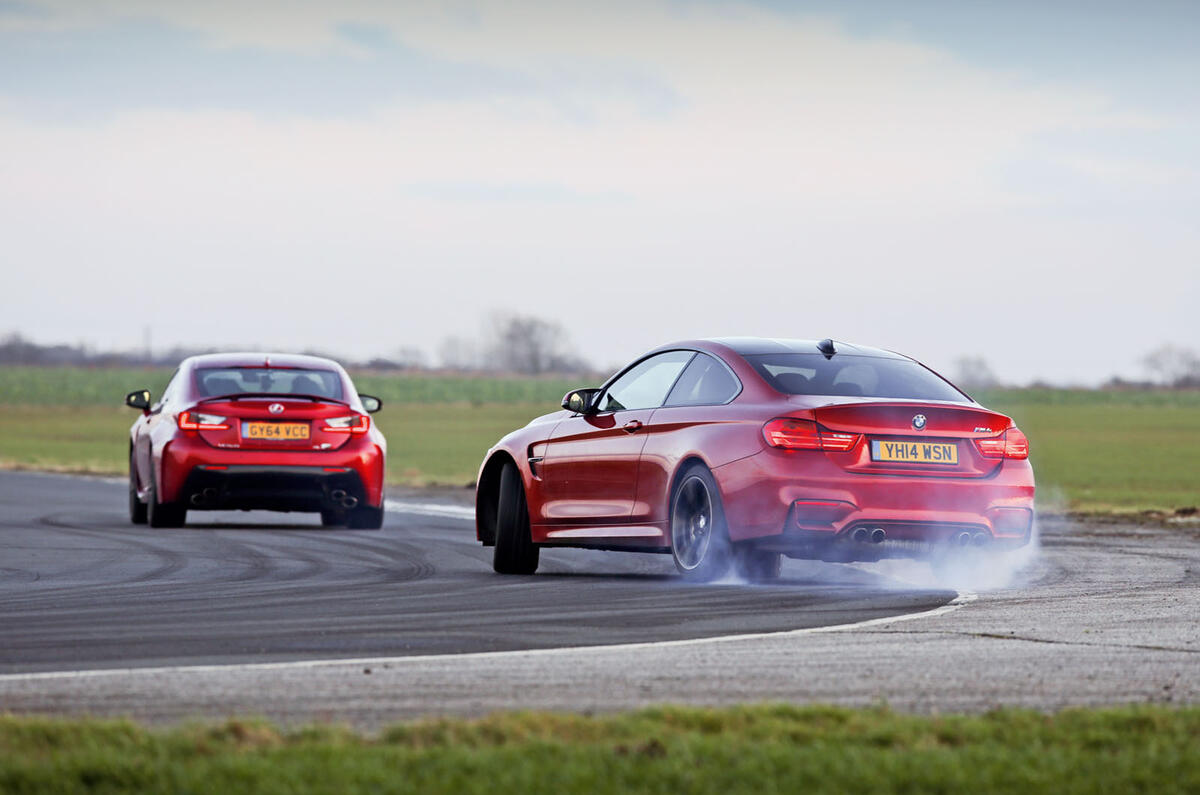
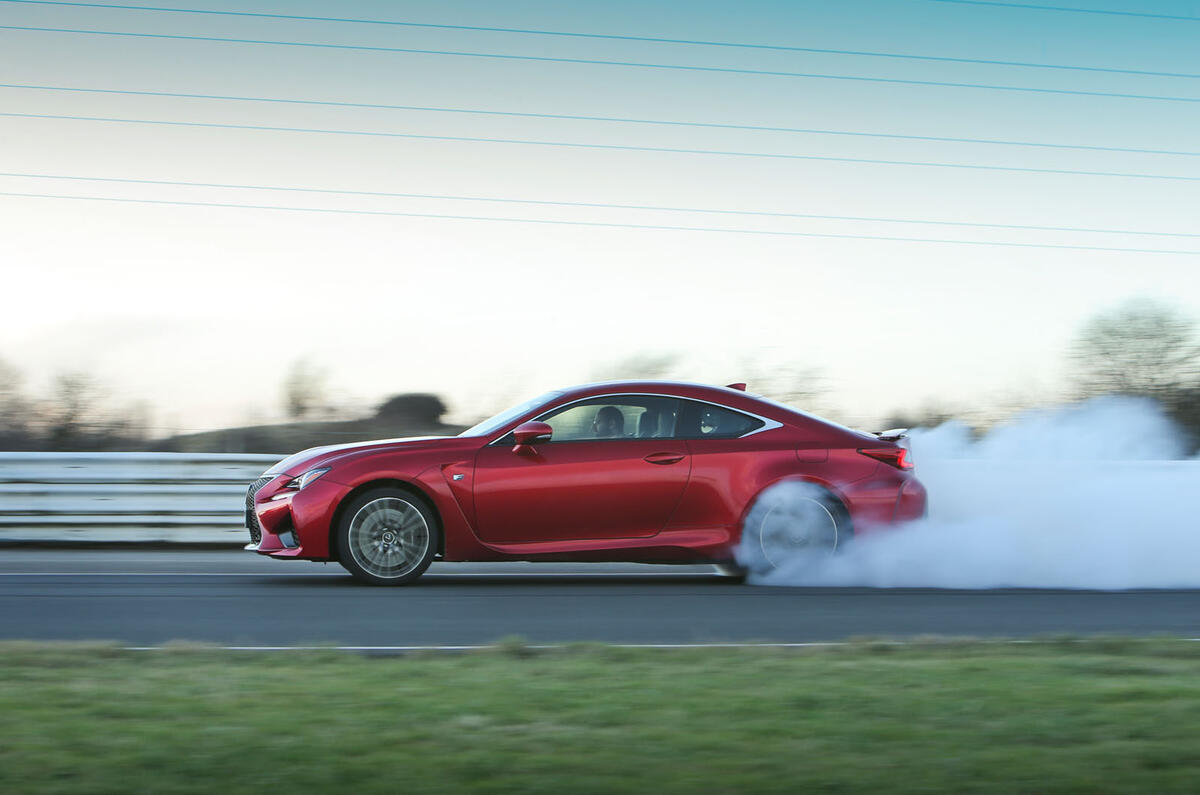
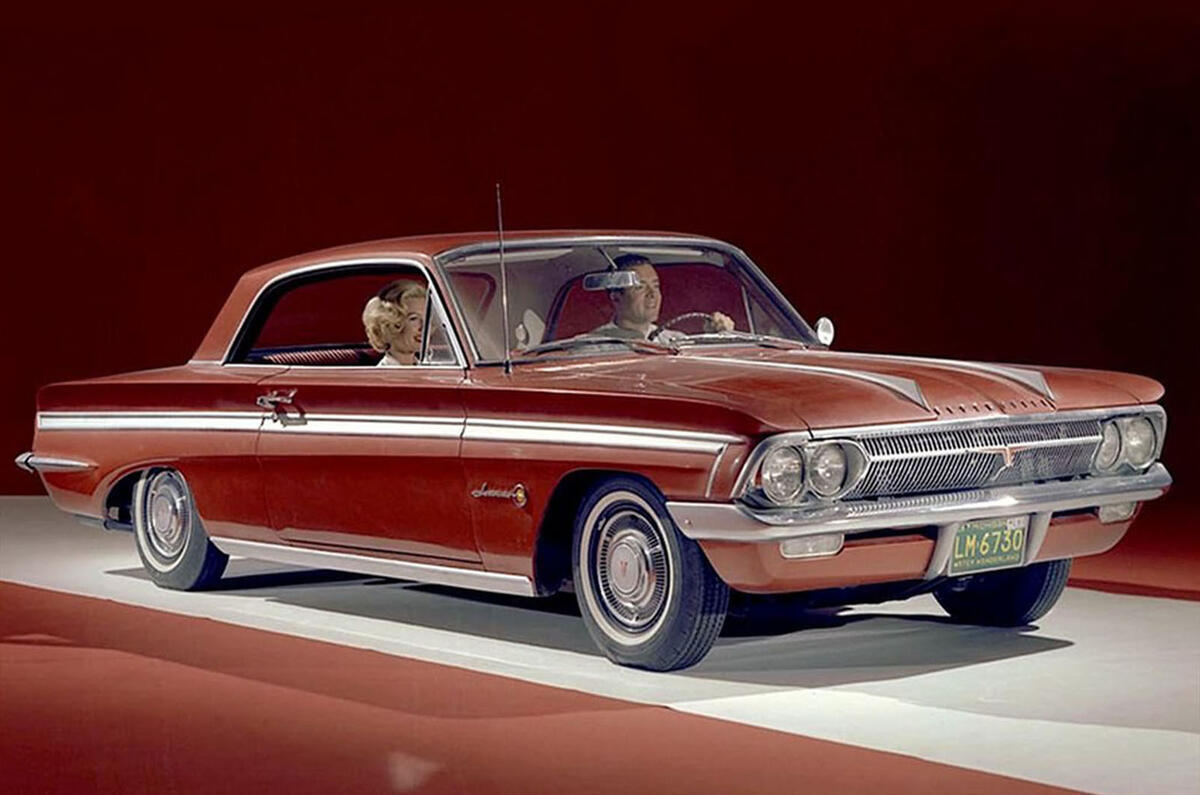
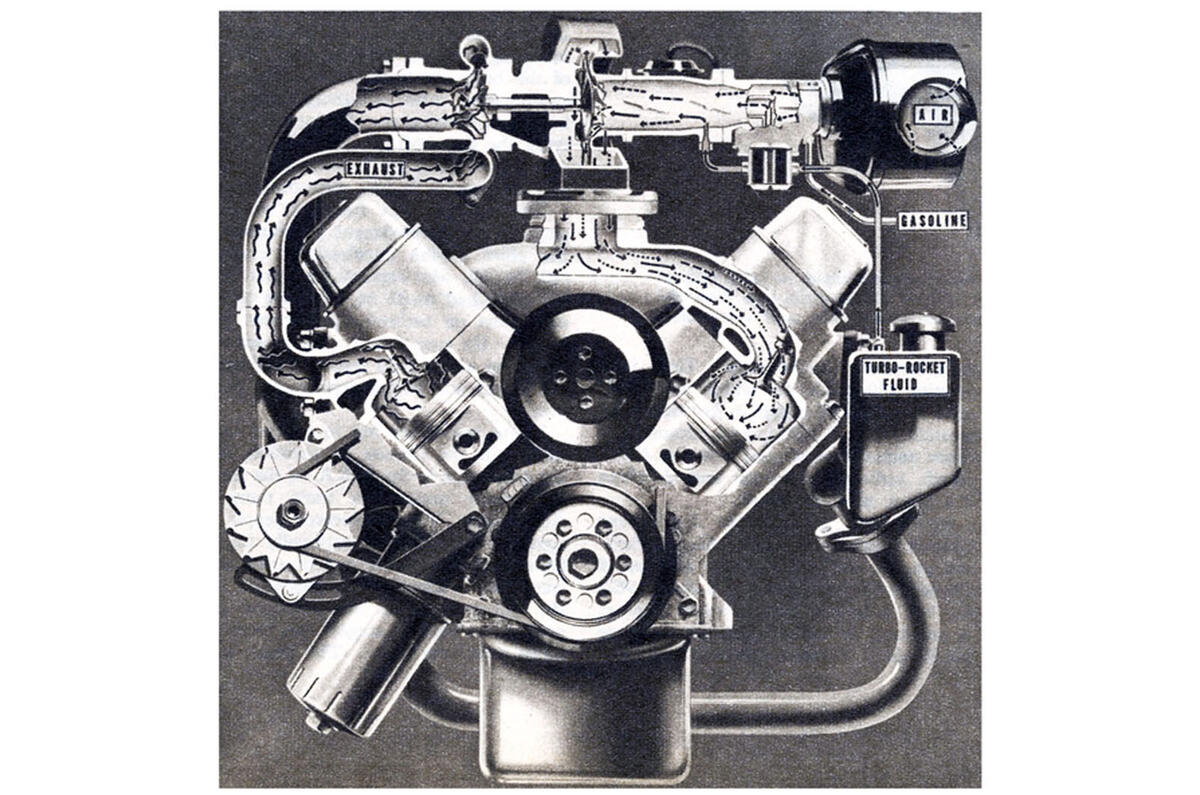
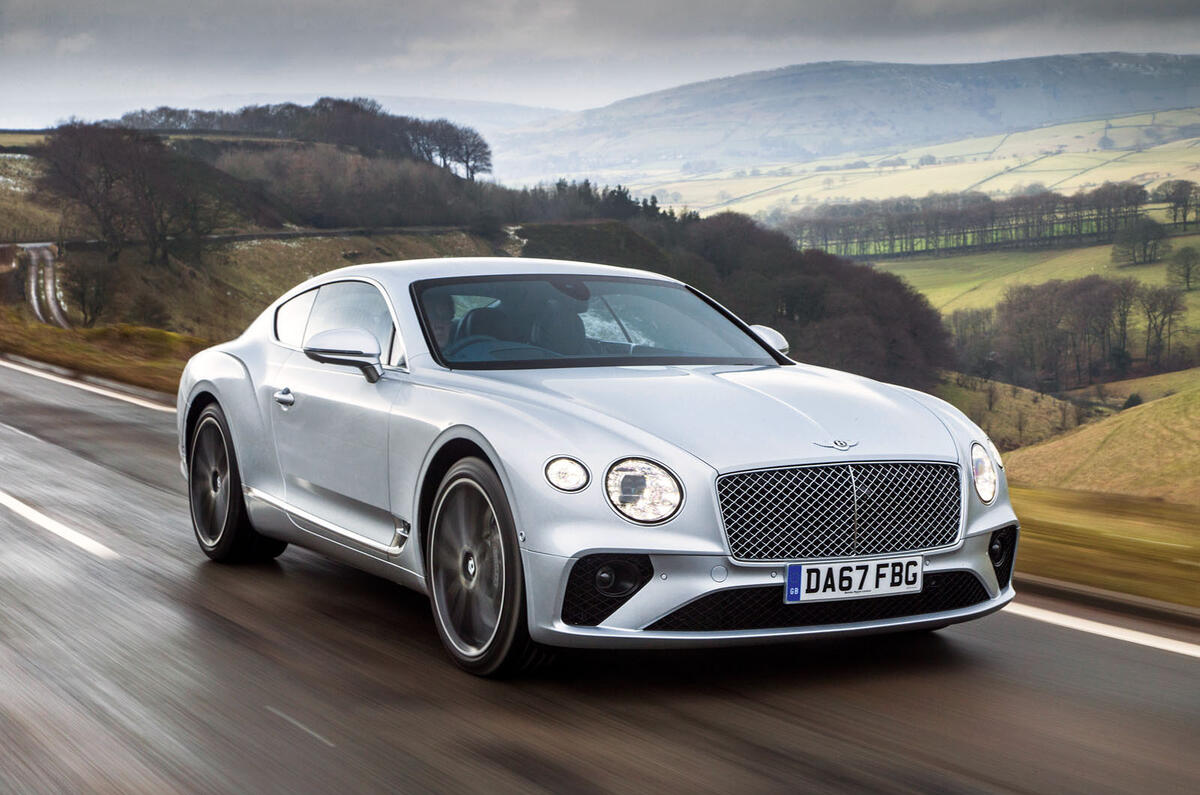
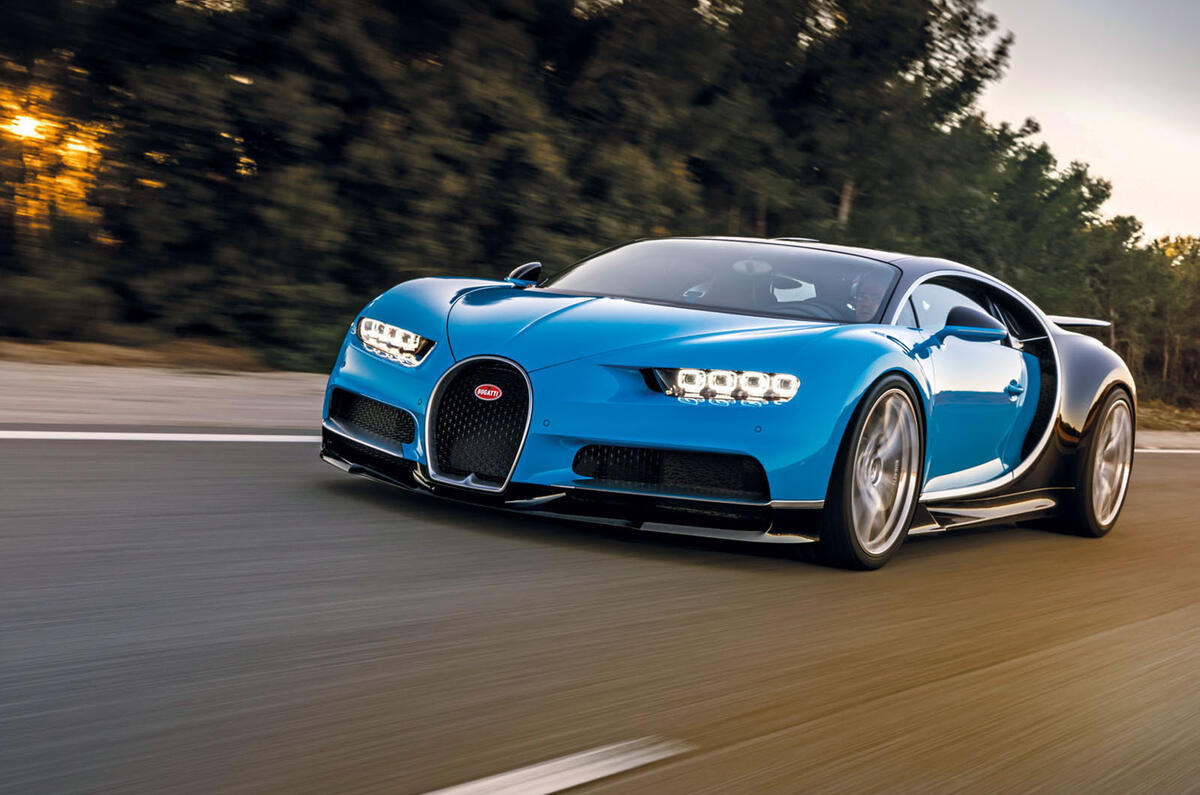
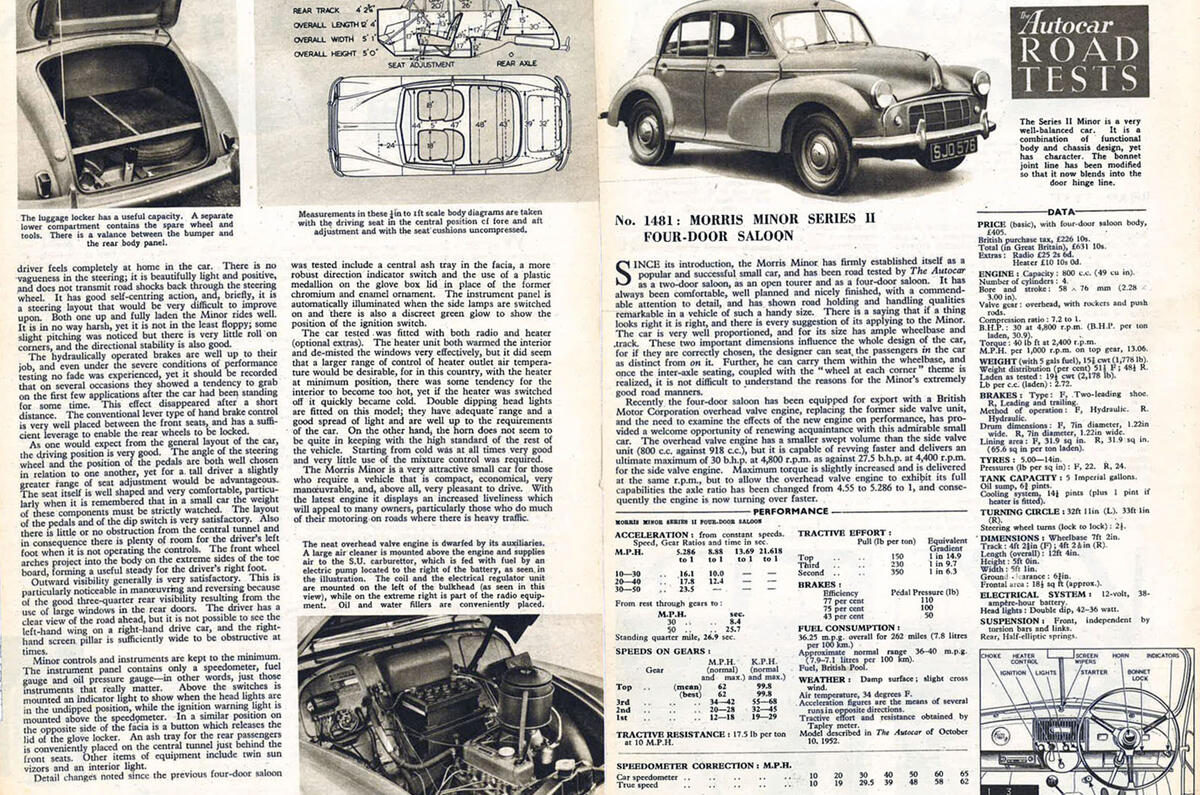



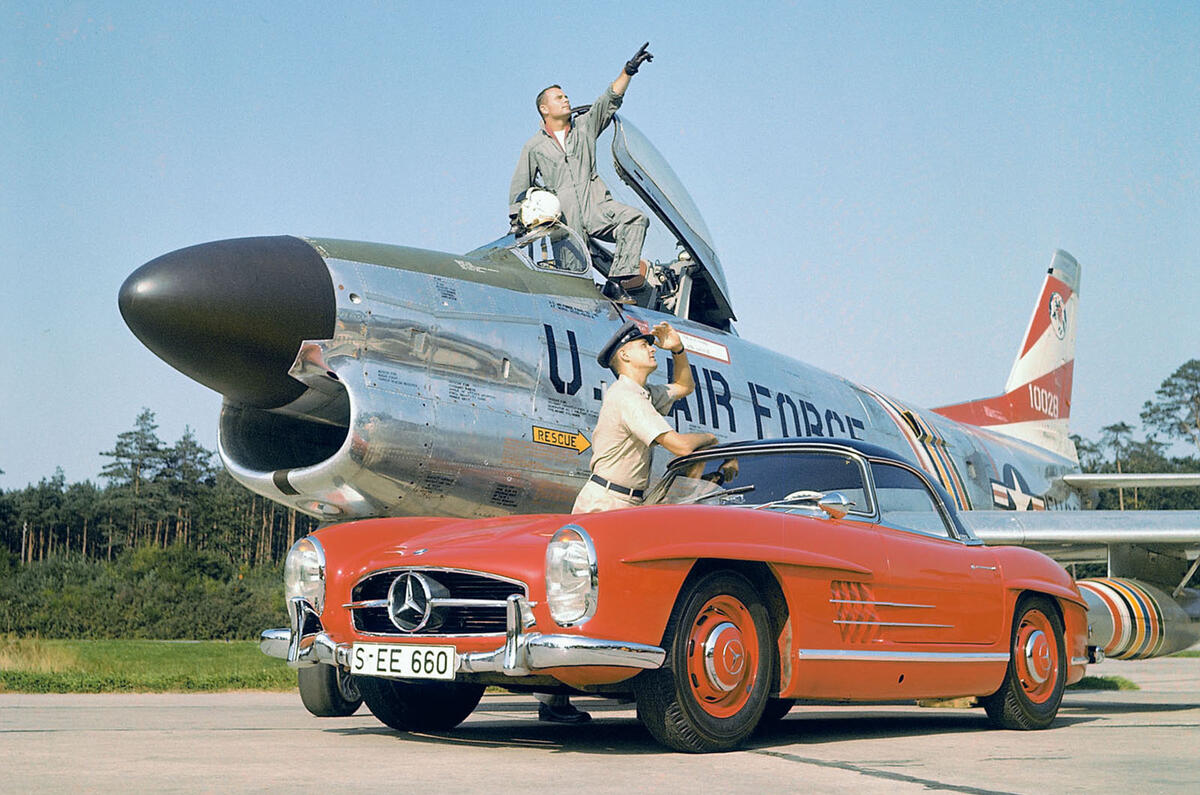
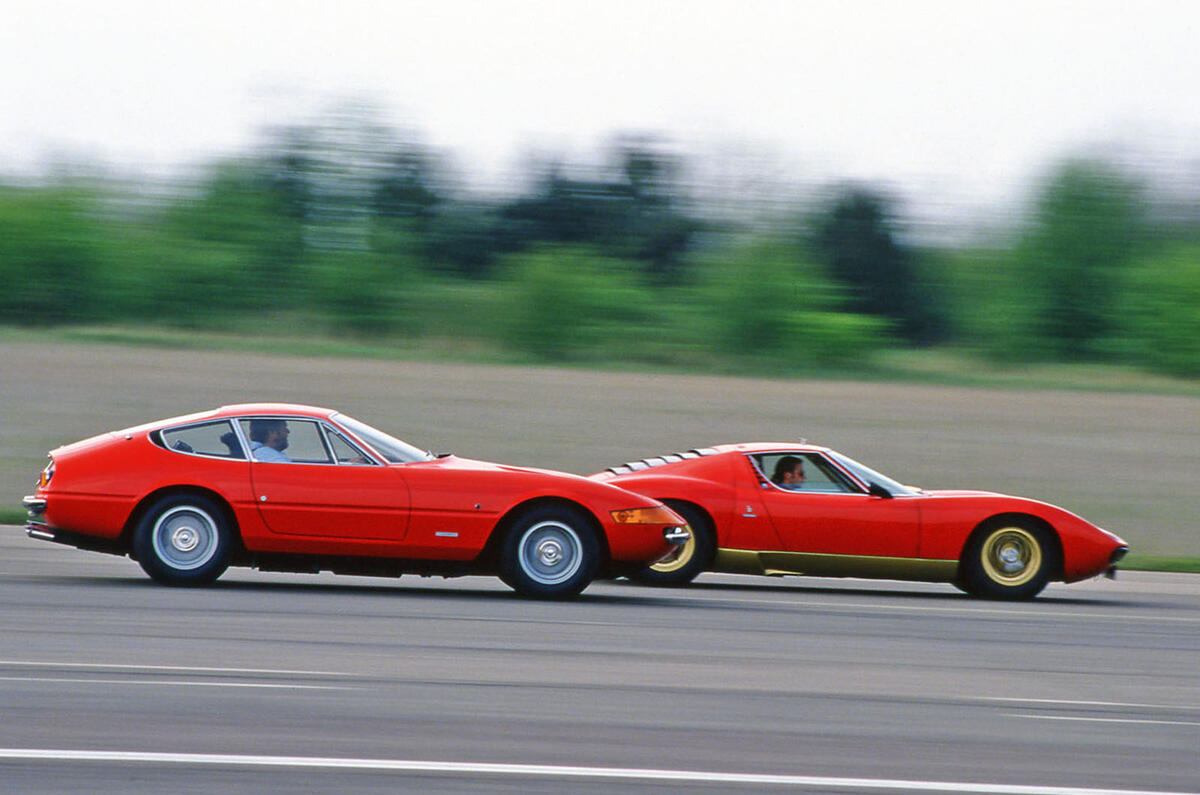
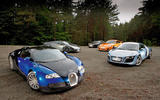
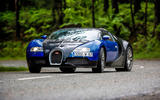



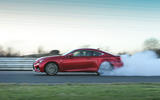

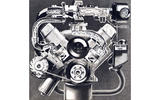


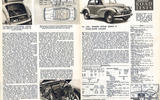




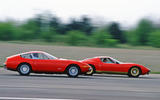
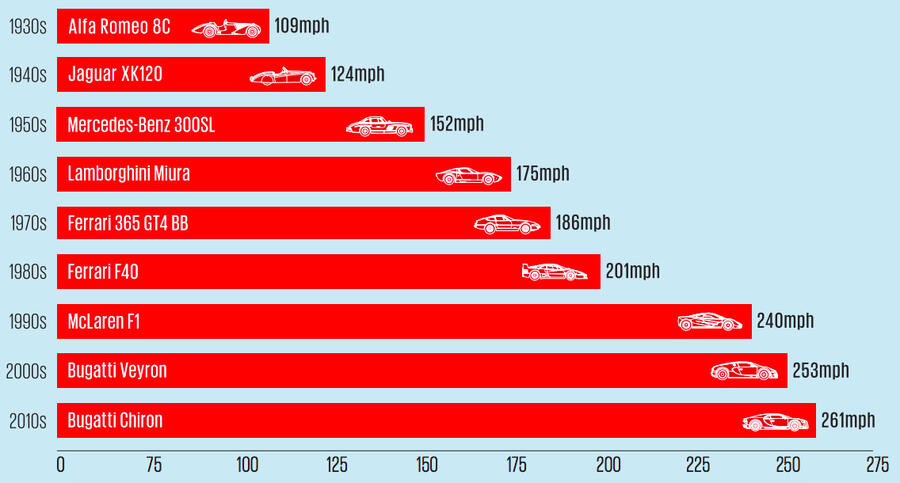
Join the debate
smith102
Get Cheapest Domain name for your business
Hi, this is Josef and I want to tell you about our site you about our site here you can find the Godaddy 1 dollar domain with best domain discount.
Add your comment